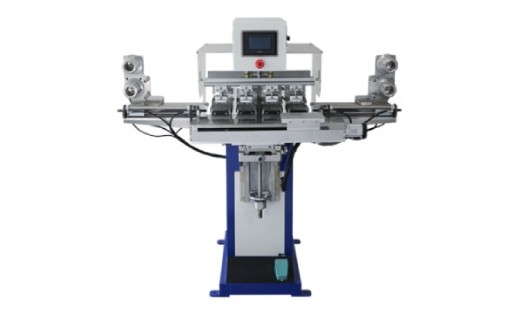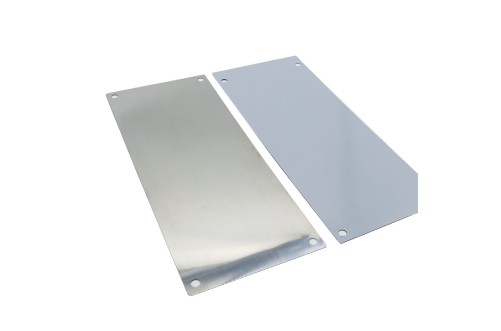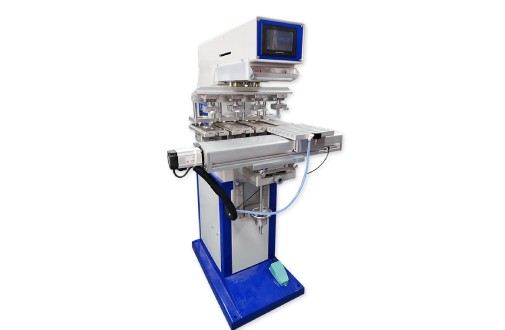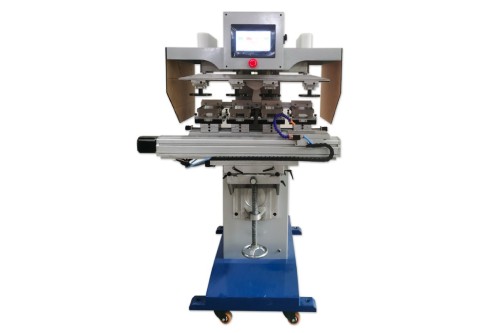Introduction
The medical device industry operates within a framework of strict regulations, with agencies such as the FDA (Food and Drug Administration) and ISO (International Organization for Standardization) setting rigorous standards. These standards are not only vital for the end product’s functionality but also extend to the processes involved in manufacturing, including pad printing.
Pad printing, facilitated by a Pad Printing Machine, plays a pivotal role in marking medical devices with essential information such as serial numbers, expiration dates, and regulatory symbols. Ensuring compliance in this process is paramount for meeting regulatory requirements and guaranteeing the safety and precision of medical devices.
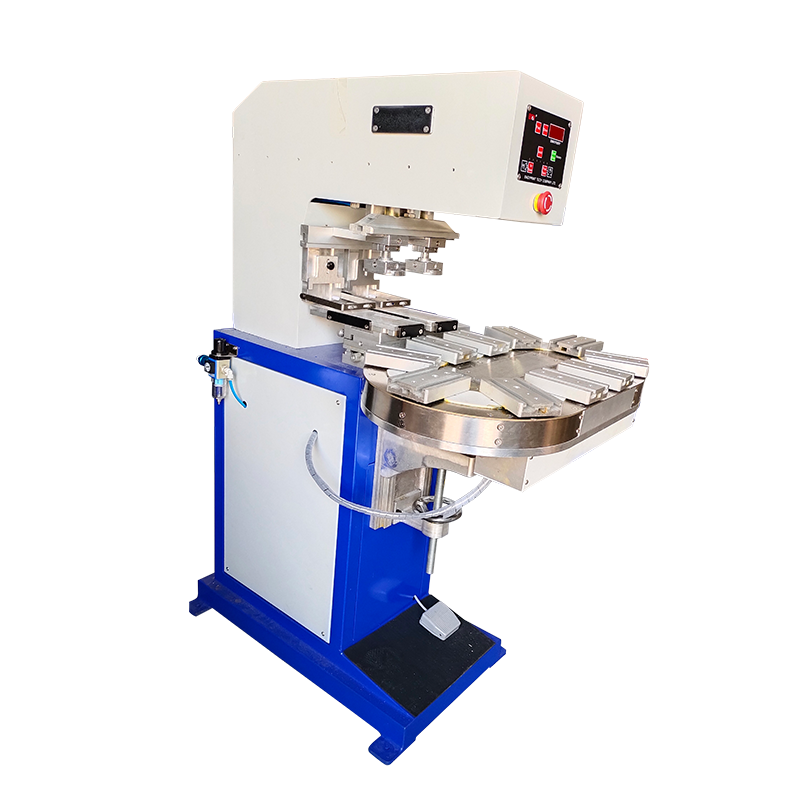
Compliance Standards in Medical Device Pad Printing
To maintain compliance in pad printing for medical devices, manufacturers must adhere to a set of well-defined standards. These standards encompass various aspects of the pad printing process:
1.Material Compatibility and Certifications
The selection of materials for both the pad printer and the ink used is critical. The pad printing machine manufacturer must provide assurances regarding material compatibility with medical-grade substances. Certifications, such as ISO 13485, which outlines quality management standards for medical devices, become crucial in this context.
2.Ink Safety and Biocompatibility
Ink formulations should meet stringent safety and biocompatibility criteria. Medical device manufacturers must verify that the inks used in the pad printing process comply with relevant regulations, ensuring that they are safe for prolonged contact with the human body.
3.Adherence to Specific Industry Guidelines
Regulatory bodies provide specific guidelines for pad printing in the medical device sector. Manufacturers should meticulously follow these guidelines to guarantee that their pad printing processes align with industry best practices. Compliance with guidelines ensures not only the safety of the end-users but also facilitates the approval of medical devices by regulatory authorities.
Techniques Ensuring Precision in Pad Printing
While compliance standards set the foundation for safe pad printing in medical devices, achieving precision in the process is equally critical. The incorporation of advanced techniques and technologies in pad printing machines contributes significantly to this precision:
1.Importance of Precision in Medical Device Pad Printing
Precision in pad printing is not just a matter of aesthetics; it directly impacts the readability and durability of the markings on medical devices. Achieving precise prints is vital for ensuring that essential information remains legible throughout the product’s lifecycle.
B.Overview of Advanced Pad Printing Technologies
1.CNC Integration for Precise Control
Modern pad printing machines often incorporate Computer Numerical Control (CNC) technology, providing a high level of precision and control in the printing process. CNC systems enable accurate positioning of the pad, ensuring consistent and repeatable prints on medical devices.
2.Innovative Color Management Techniques
Color plays a crucial role in the identification and differentiation of medical devices. Advanced color management techniques, integrated into pad printers, allow manufacturers to achieve vibrant and consistent color reproduction. This not only enhances the visual appeal but also aids in quick and accurate device identification.
3.Surface Treatment Processes to Enhance Print Quality
The surface of medical devices can vary widely, posing challenges to the adhesion and quality of pad prints. To address this, modern pad printing machines often incorporate sophisticated surface treatment processes. These treatments enhance adhesion, ensuring that prints adhere securely to different materials, including plastics, metals, and ceramics.
Addressing Common User Concerns
Potential buyers of pad printing machines for medical device applications often have specific concerns related to compliance, precision, and overall functionality. Let’s explore and address some common questions:
A.Common Questions from Potential Buyers
1.How does compliance impact the selection of pad printing machines?
When selecting a pad printing machine, it’s essential to consider how well it aligns with regulatory requirements. Manufacturers should provide detailed documentation showcasing compliance with industry standards. This includes information on material compatibility, ink safety, and adherence to specific regulatory guidelines.
2.What features ensure precision in the pad printing process?
Buyers should look for pad printers equipped with features that enhance precision. CNC integration is a key feature, allowing for precise control over the printing process. Additionally, inquire about the color management capabilities and surface treatment options to ensure that the machine can deliver accurate and high-quality prints consistently.
3.How can users verify compliance when purchasing a pad printing machine?
Verifying compliance requires a thorough examination of the pad printing machine manufacturer’s certifications and adherence to relevant standards. Look for ISO certifications, particularly ISO 13485, for medical device quality management. Additionally, seek references to specific regulatory guidelines governing pad printing in the medical device industry.
Case Studies and Success Stories
Real-world examples provide valuable insights into the practical benefits of adhering to compliance measures and employing precise pad printing techniques in the medical device industry. Here are a couple of case studies and success stories:
A.Case Study: Implementation of Compliance Measures
In a recent case, a medical device manufacturer integrated a pad printing machine from a reputable manufacturer known for its adherence to stringent compliance standards. The result was a seamless alignment with regulatory requirements, ensuring that the marked information on their devices met the necessary safety and readability standards. This not only facilitated regulatory approval but also bolstered the manufacturer’s reputation for delivering safe and compliant medical devices.
B.Success Story: Precision in Product Identification
Another success story involves a medical equipment provider that invested in a state-of-the-art pad printer equipped with CNC integration and advanced color management. The precision achieved in the pad printing process enhanced the visibility and differentiation of their products. This not only improved the overall aesthetic appeal of the devices but also contributed to quicker and more accurate identification in clinical settings, ultimately elevating the brand’s standing in the market.
Conclusion
In conclusion, the integration of compliance measures and advanced techniques in pad printing is indispensable for ensuring the safety and precision of medical devices. Manufacturers must prioritize the selection of a reliable pad printing machine manufacturer and invest in equipment that aligns with regulatory standards. Precision, facilitated by features such as CNC integration and innovative color management, not only meets industry demands but also enhances the overall quality and functionality of medical devices.
By understanding the interplay between compliance and precision, buyers can make informed decisions when acquiring pad printing machines for medical device applications. In the final part, we’ll summarize the key takeaways and encourage manufacturers to prioritize compliance and precision in their pad printing processes.


